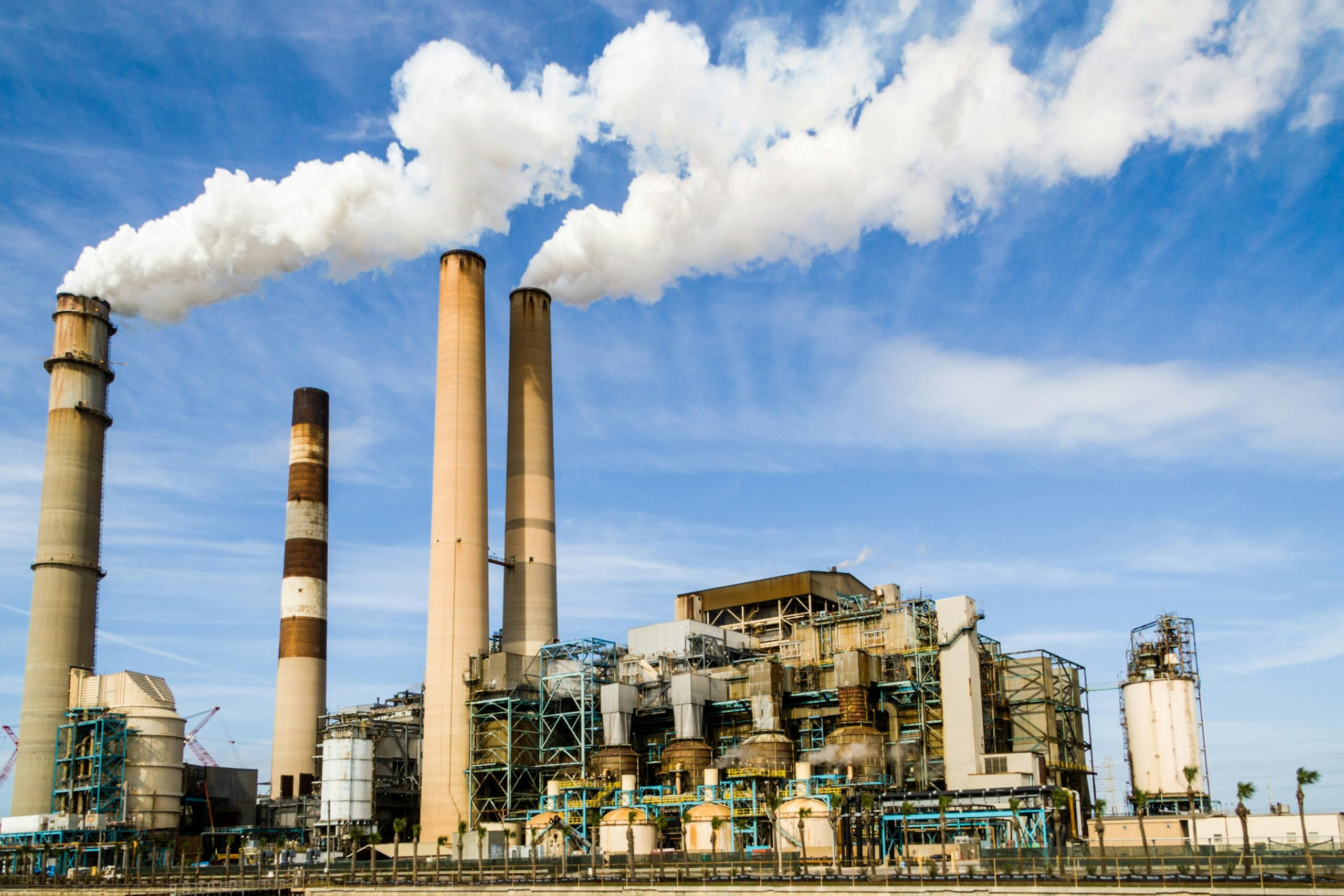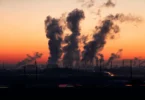In the context of climate change, energy consumption trends have become a focal point for understanding human behavior and its implications for the environment. As global awareness of climate issues increases, how individuals and societies consume energy is undergoing significant transformation. This article explores the current trends in energy consumption, the driving forces behind these changes, and their potential impact on climate change.
Current Trends in Energy Consumption
- Rising Renewable Energy Adoption
There has been a marked increase in the adoption of renewable energy sources such as solar, wind, and hydroelectric power. According to the International Renewable Energy Agency (IRENA), the share of renewables in global power generation reached approximately 29% in 2020, a trend expected to continue as technological advancements and policy support enhance feasibility and affordabilityecentralization of Energy Systems**
The energy landscape is shifting from centralized power generation to decentralized systems, where individuals and communities generate their own energy. This trend is particularly evident in residential solar installations, which have surged as costs have fallen. The U.S. Energy Information Administration (EIA) noted that small-scale solar generation increased by over 50% from 2019 to 2020 . - Energy Efficiency
Energy efficiency measures are gaining traction as individuals and businesses seek to reduce consumption and lower costs. Energy-efficient appliances, LED lighting, and smart home technologies are increasingly popular. The U.S. Department of Energy reports that energy efficiency improvements have saved Americans about $800 billion in energy costs since 1970 . - **Behaviora
The COVID-19 pandemic has influenced energy consumption behaviors, with more people working from home and relying on digital technologies. Research from McKinsey & Company indicates that this shift has led to changes in energy usage patterns, such as increased demand for residential energy and decreased demand for transportation fuels .
Driving Forces BehiConsumption Trends
- Government Policies and Incentives
Policies aimed at reducing greenhouse gas emissions have significantly influenced energy consumption trends. Governments worldwide are implementing carbon pricing, renewable energy incentives, and energy efficiency standards to encourage sustainable practices. The European Union’s Green Deal, for example, aims to make Europe climate-neutral by 2050, promoting investments in renewable energy and green technologies . - **Public Awareness and ActiviGrowing public awareness of climate change and environmental issues has prompted changes in consumer behavior. Movements advocating for climate action, such as Fridays for Future, have increased pressure on governments and businesses to adopt sustainable practices. A survey conducted by Pew Research Center found that 65% of Americans believe that climate change is a major threat to the country .
- Technological Advancements
Inin energy technology have made renewable sources more accessible and cost-effective. The decline in solar panel prices and advancements in battery storage have facilitated greater adoption of solar energy. Furthermore, the development of electric vehicles (EVs) has gained momentum, with sales surging as charging infrastructure improves and battery technology advances .
Impact of Energy Consumption Trends on Climatehe ongoing shifts in energy consumption patterns hold significant implications for climate change mitigation. The increased adoption of renewable energy and energy efficiency measures is critical for reducing carbon emissions. The United Nations Intergovernmental Panel on Climate Change (IPCC) emphasizes that achieving net-zero emissions by 2050 is necessary to limit global warming to 1.5 degrees Celsius .
Moreover, behavioral changes that promote sustainable prach as reduced reliance on fossil fuels and increased energy conservation, are essential for creating a low-carbon future. The collective efforts of individuals, communities, and governments can drive the transition toward a more sustainable energy landscape.
Conclusion
Energy consumption trends in the age of climate change are shaped by a complex interplay of human behavior, policy decisions, and technological advancements. As the world grapples with the challenges of climate change, understanding these trends is essential for promoting sustainable practices and achieving climate goals. By embracing renewable energy, enhancing energy efficiency, and fostering behavioral shifts, we can work toward a more sustainable and resilient future.








Leave a Comment